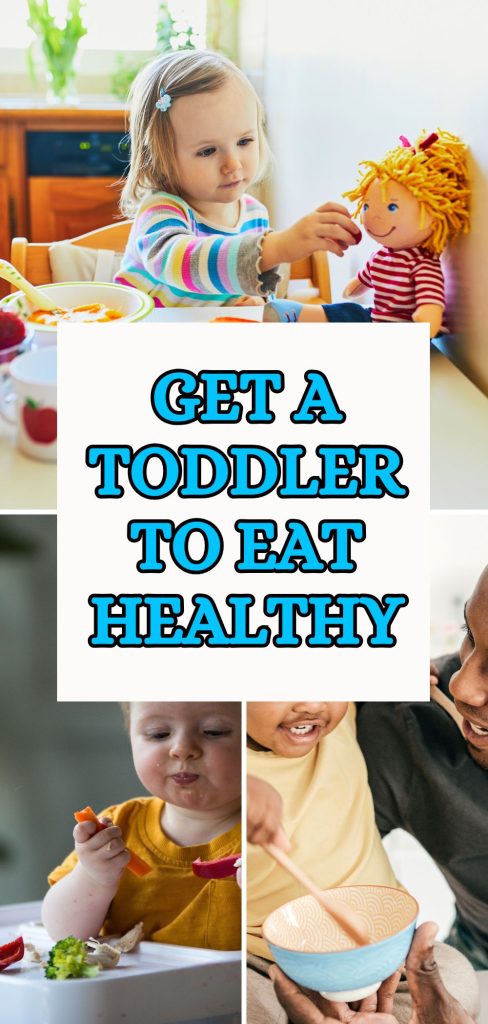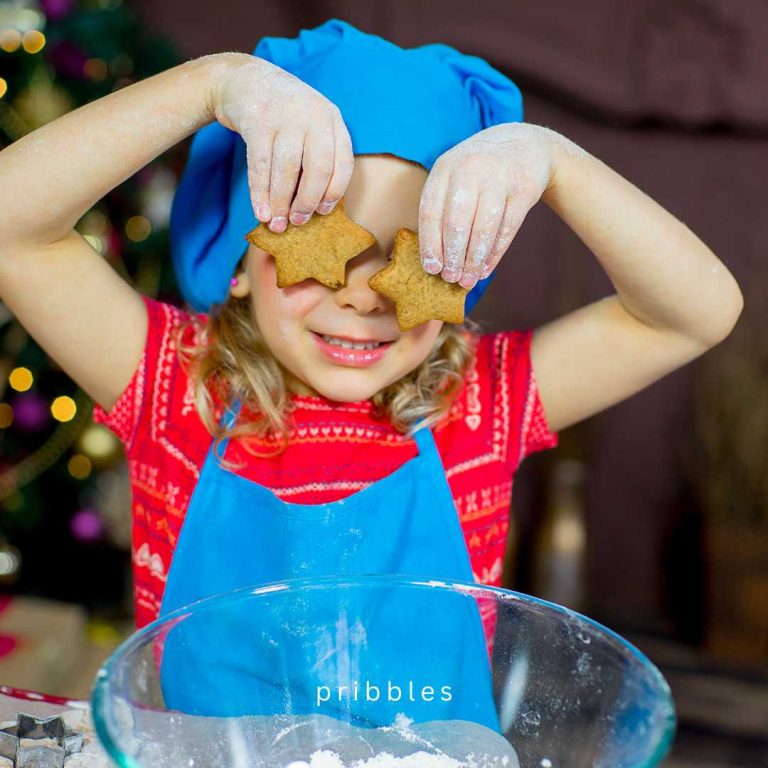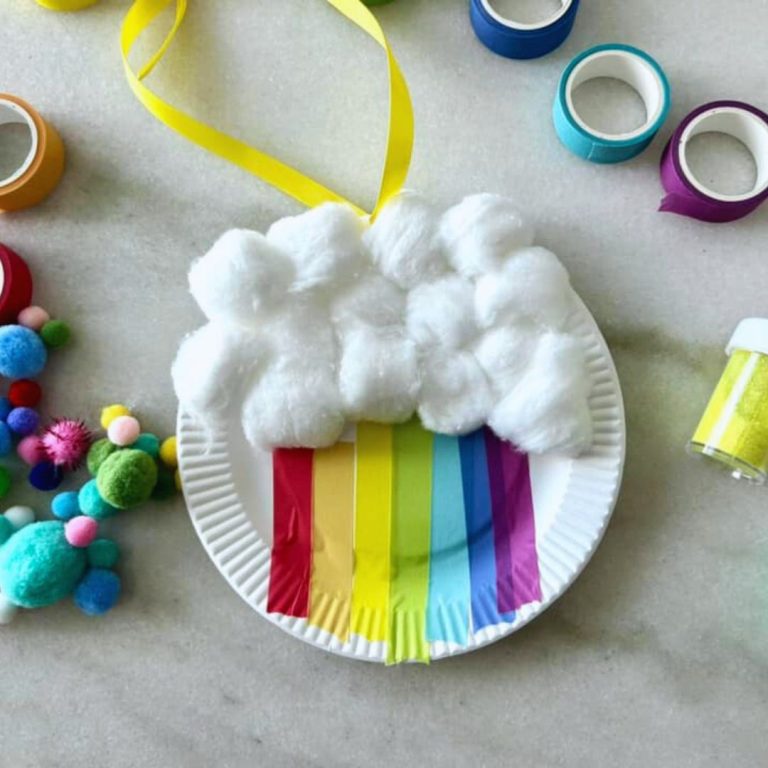How to Get a Toddler to Eat Healthy Food (Without Losing Your Mind)
If you’ve ever tried to feed a toddler anything other than goldfish crackers or mac and cheese, then you know it can feel like negotiating with a tiny, stubborn food critic. One minute they love carrots, the next they act like you tried to poison them with one. It’s exhausting, right?
But here’s the good news: getting a toddler to eat healthy food can happen. It just takes a bit of patience, creativity, and a few sneaky tricks up your sleeve. Let’s talk about how to make it happen—without turning mealtime into a battle zone.
Save for later
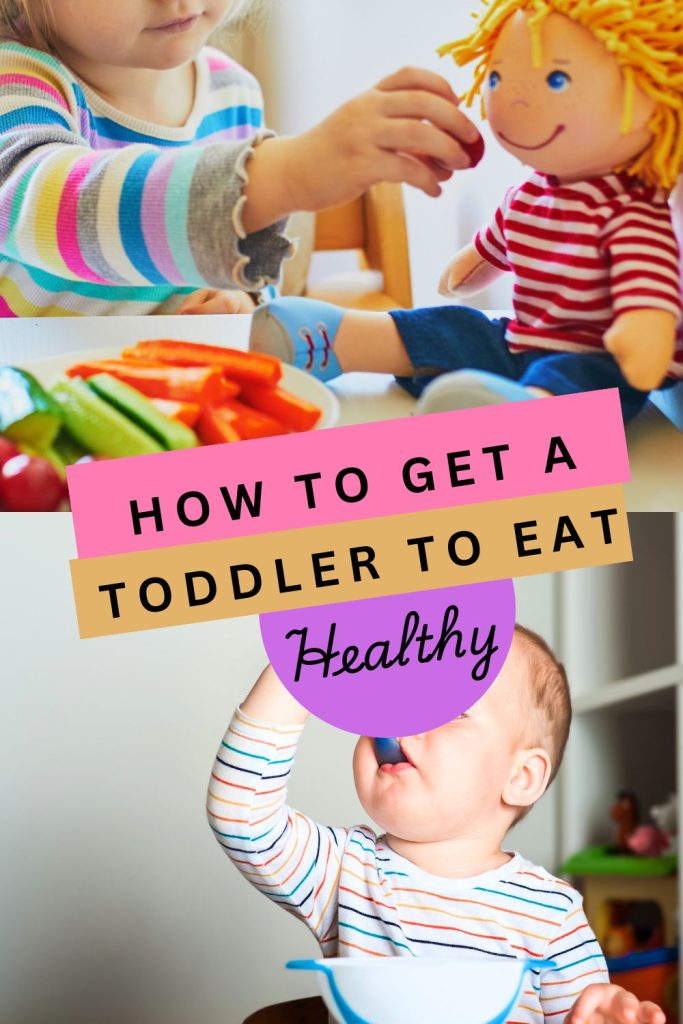
Affiliate links may be used in this post and if so I will receive a commission at no extra cost. I’m also part of the Amazon Affiliate (Associate) program where I earn a commission from sales made through my affiliate links. Read the full disclosure policy.
Related Reading:
- 32 Amazing Indoor Toddler Games That Everything Kiddo Will Enjoy!
- 31 Tasty Toddler Snacks (Your Little One Will Love These!)
- 25 Favorite Learning Toys for Toddlers

How to get a toddler to eat healthy
When my boys were toddlers, getting them to eat healthy food honestly felt like a never-ending battle. I can’t even count how many times a plate of veggies ended up on the floor or how often I questioned if it was even worth the effort. But now that they’re teens, I can see how sticking with it paid off.
All but two of my sons have developed really big, adventurous palates—they’ll try anything from sushi to roasted Brussels sprouts—and I know a huge part of that is because I didn’t give up on introducing them to healthy foods when they were little.
It wasn’t easy, and there were definitely days I just gave in to the mac and cheese, but looking back, I’m so glad I kept offering the good stuff, even when it felt like no one was eating it.
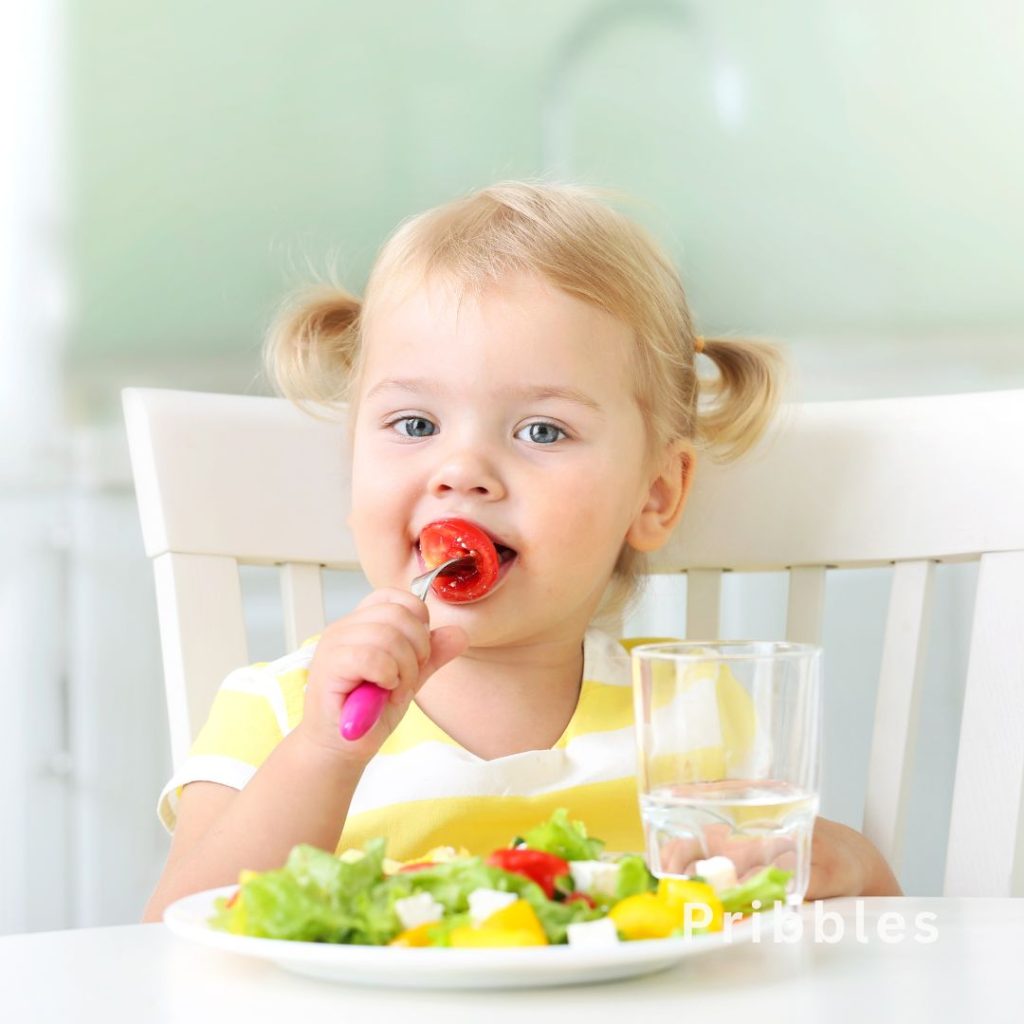
First, Let’s Get Real About Toddlers and Food
Toddlers are notorious for their picky eating habits. Their tastes are constantly changing, they love routines (but also love breaking them), and they’re just starting to understand that they have control over their choices—especially when it comes to food.
So if your toddler has thrown a broccoli floret across the room or burst into tears at the sight of scrambled eggs, you’re not alone. It’s not your fault, and you’re definitely not failing.
The key is to work with their unpredictable little personalities—not against them.

1. Make Healthy Food Fun
Toddlers are visual creatures. If it looks boring, they’re not even going to try it. So one of the easiest ways to get them interested in healthy food is to make it look fun.
Here are some ideas:
- Cut fruits and veggies into fun shapes using cookie cutters.
- Make smiley faces with sliced bananas, blueberries, and nut butter.
- Turn a plate into a “rainbow” by arranging different colored fruits or veggies.
- Serve a “dinosaur snack plate” with broccoli trees, carrot sticks, and “dino dip” (hummus or ranch).
Even giving a snack a silly name can work wonders. Call peas “green bouncy balls” or broccoli “mini trees,” and suddenly, it’s a game.
2. Let Them Help in the Kitchen
Toddlers love to feel in charge. Letting them help prepare their meals can actually make them more excited to eat them.
Try letting your toddler:
- Wash veggies in the sink.
- Stir ingredients together in a bowl.
- Help press the button on the blender for smoothies.
- Choose which fruit or veggie goes on their plate.
When they feel like part of the process, they’re more likely to at least try the food. And hey, even if they don’t love it, you’ve created a positive experience around healthy food, which is a big win in the long run.
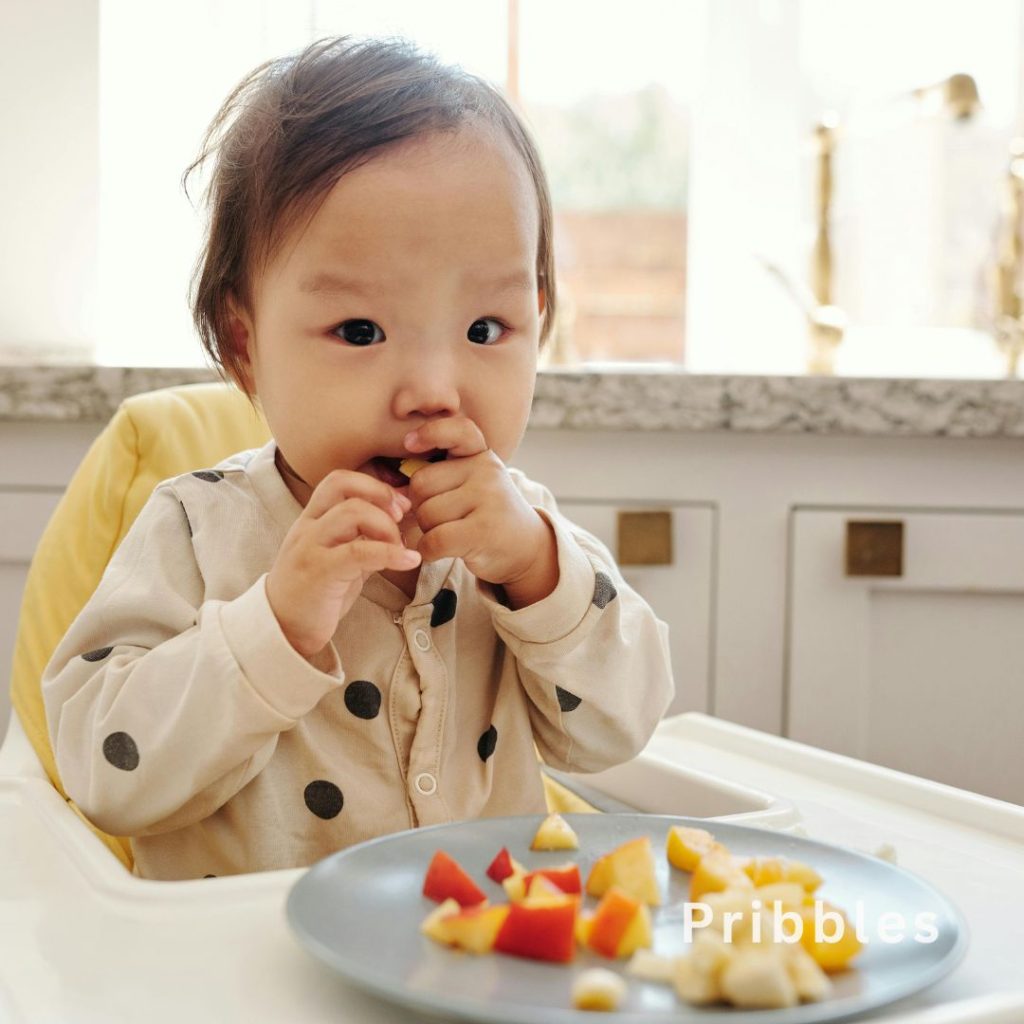
3. Start Small and Don’t Force It
We get it—you want them to eat all the healthy things. But toddlers can get overwhelmed easily, especially if they’re staring at a plate full of unfamiliar food.
Start small. Like, really small.
Offer a tiny piece of broccoli alongside their favorite food. Put one blueberry on their plate. You’re not trying to win a nutrition trophy in one meal—you’re just trying to build trust.
And whatever you do, don’t force them to eat it. No begging, bribing, or threatening. That just creates a power struggle, and guess what? Toddlers are pretty good at winning those.
4. Be a Role Model
Little eyes are always watching. If you want your toddler to eat more healthy foods, the best thing you can do is eat them yourself.
Sit down and eat meals together when you can. Let them see you happily munching on veggies or digging into a smoothie bowl. Talk about the food, too—say things like “Mmm, these sweet potatoes are so yummy!” or “I love how crunchy this cucumber is.”
Even if they don’t immediately copy you, the message is getting through.
5. Offer Choices (But Keep Them Healthy)
Toddlers love making choices—it makes them feel independent. But too many options can backfire, so keep it simple.
Instead of saying, “What do you want for lunch?” try:
- “Would you like strawberries or apple slices?”
- “Do you want carrots or cucumber sticks with your sandwich?”
- “Do you want your peas in a bowl or on your plate?”
This way, you’re still in control of the healthy options, but they feel like they’re making the decision. Win-win!

6. Keep Healthy Snacks Within Reach
Let’s face it—toddlers are snack monsters. And that’s okay! Snacking isn’t the enemy. In fact, snacks can be a great opportunity to sneak in more nutrients.
Keep a few healthy options where they can reach them, like:
- A bowl of washed fruit on the counter.
- Pre-portioned bags of cut-up veggies in the fridge.
- A snack drawer with options like whole grain crackers, raisins, or dried fruit.
If all they can grab is healthy stuff, they’re more likely to eat it when they get the munchies.
7. Smoothies Are Your Secret Weapon
If your toddler refuses anything green, blend it into a smoothie. It’s honestly the best trick in the book.
Here’s a basic toddler-approved smoothie formula:
- 1 banana (for creaminess and sweetness)
- A handful of spinach (they won’t taste it!)
- Frozen berries (to hide the green color)
- A splash of milk or a little yogurt
You can also throw in oats, chia seeds, or peanut butter for extra nutrients. Serve it in a fun cup with a silly straw and boom—suddenly your toddler is happily slurping up veggies.

8. Try, Try Again (And Again)
Research shows it can take 10 to 15 tries before a child accepts a new food. So if your toddler rejected zucchini last week, that doesn’t mean it’s off the table forever.
Keep offering it in different ways:
- Steamed
- Roasted
- Sautéed
- Baked into muffins
- Shredded into pancakes
One day, they might surprise you and take a bite. Or two. Or the whole thing.
9. Watch the Drinks
Sometimes toddlers fill up on juice or milk and then refuse meals. While milk is important (especially for calcium), too much can lead to picky eating. And juice—even the “100% fruit” kind—is loaded with sugar and can kill their appetite.
Stick to mostly water throughout the day and offer milk at mealtimes. If you do give juice, keep it to 4 ounces or less and dilute it with water.
10. Don’t Label Foods as “Good” or “Bad”
This might seem small, but the way we talk about food matters. Instead of saying things like “You have to eat your broccoli because it’s healthy” or “Cookies are bad,” try saying:
- “Broccoli helps our bodies grow strong.”
- “Cookies are a special treat we have sometimes.”
We want our kids to have a healthy relationship with food—not one where they feel guilty for enjoying something sweet or feel forced to eat something they don’t like. It’s all about balance.
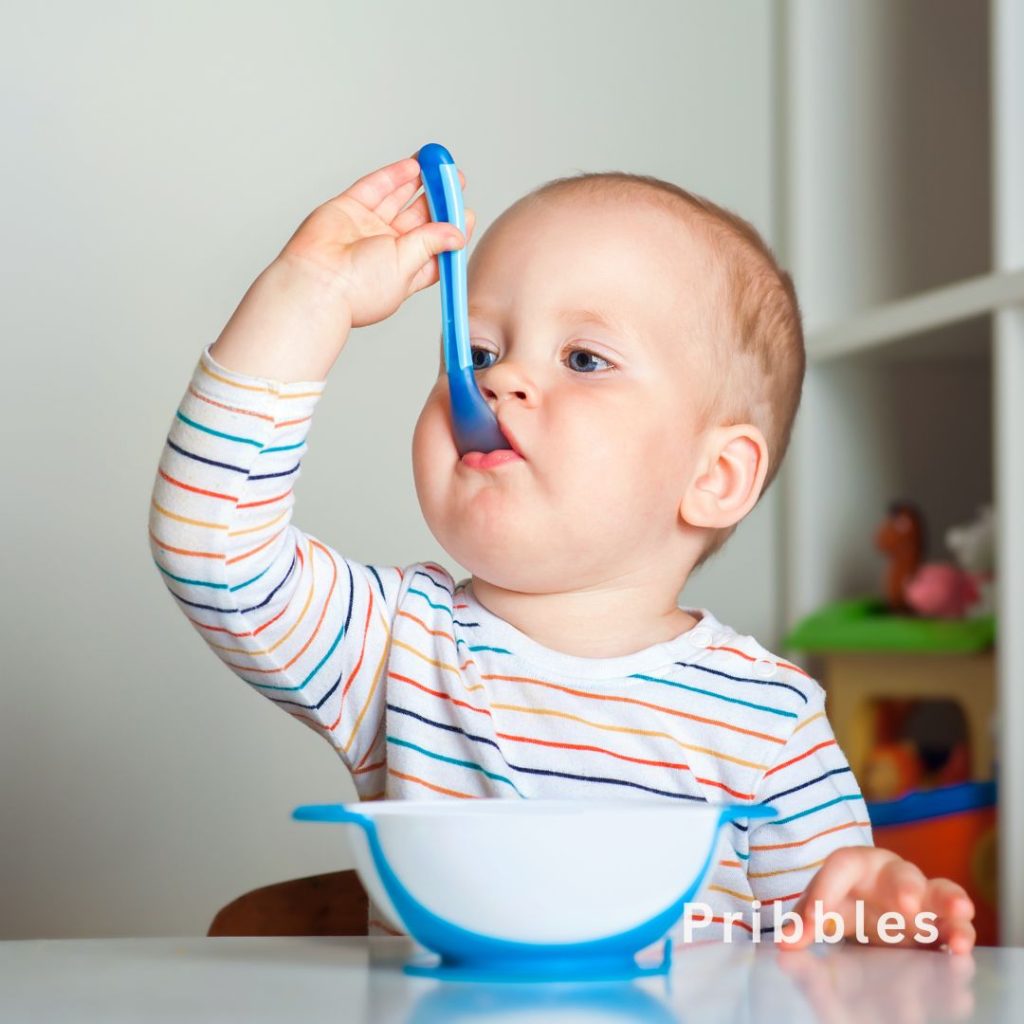
11. Be Consistent with Mealtimes
Having regular meals and snack times helps toddlers understand when to expect food—and can prevent all-day grazing (which often leads to them being “not hungry” when dinner rolls around).
Try to stick to a basic schedule:
- Breakfast
- Morning snack
- Lunch
- Afternoon snack
- Dinner
Of course, life happens and routines get thrown off—but consistency most of the time makes a big difference.
12. Celebrate the Little Wins
Your toddler tried one bite of a new veggie? That’s a win. They helped you wash the spinach? Also a win. They didn’t throw their food on the floor today? Let’s celebrate that!
Focus on progress, not perfection. It’s easy to get discouraged, but remember—these small steps are adding up to big habits over time.
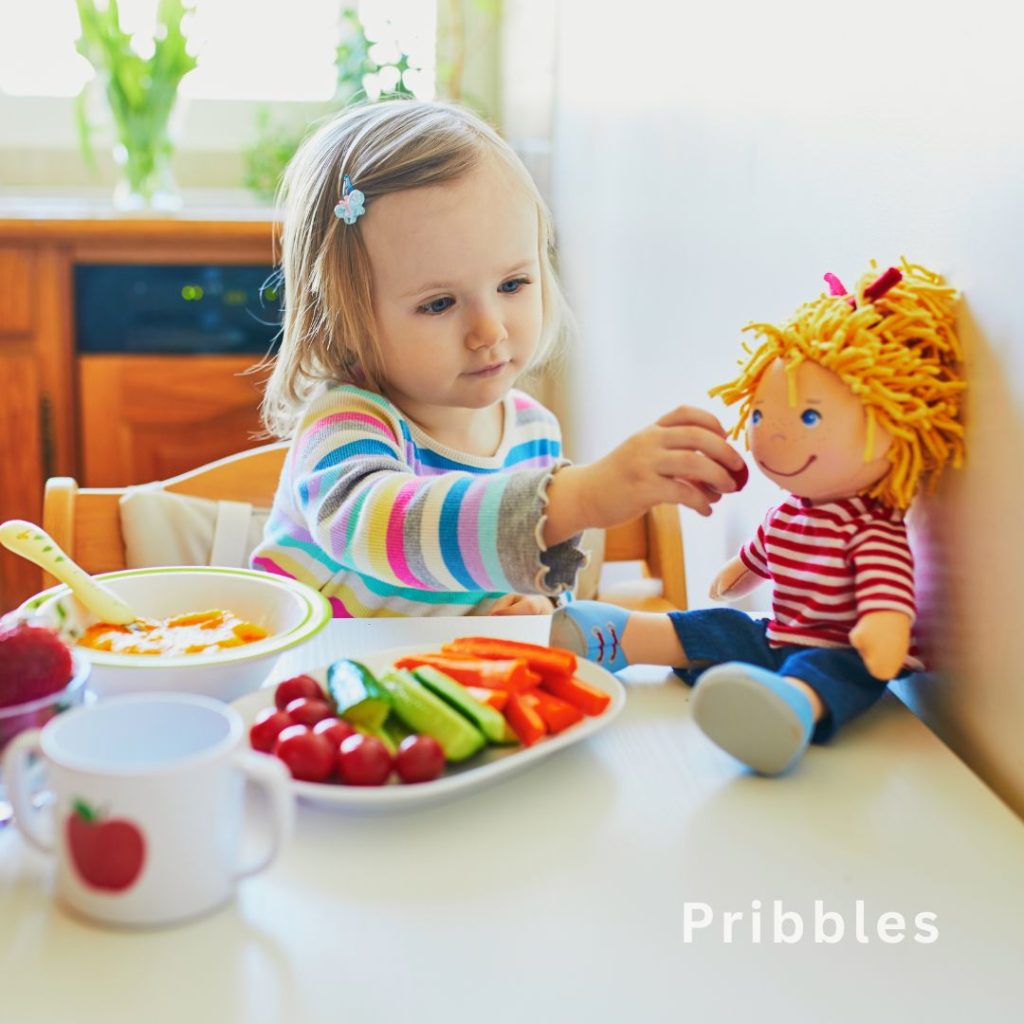
Final Thoughts: You’re Doing Great (Really)
Feeding a toddler healthy food doesn’t have to be a Pinterest-perfect experience. It’s messy, it’s unpredictable, and it definitely doesn’t go according to plan most days.
But with a little patience, a lot of creativity, and plenty of grace (for both you and your toddler), it’s totally possible to help them build healthy habits that will last a lifetime.
So take a deep breath, offer the broccoli again, and remember—you’re not alone in this. And you’re doing way better than you think.
Save this article for later! Pin it on Pinterest.
